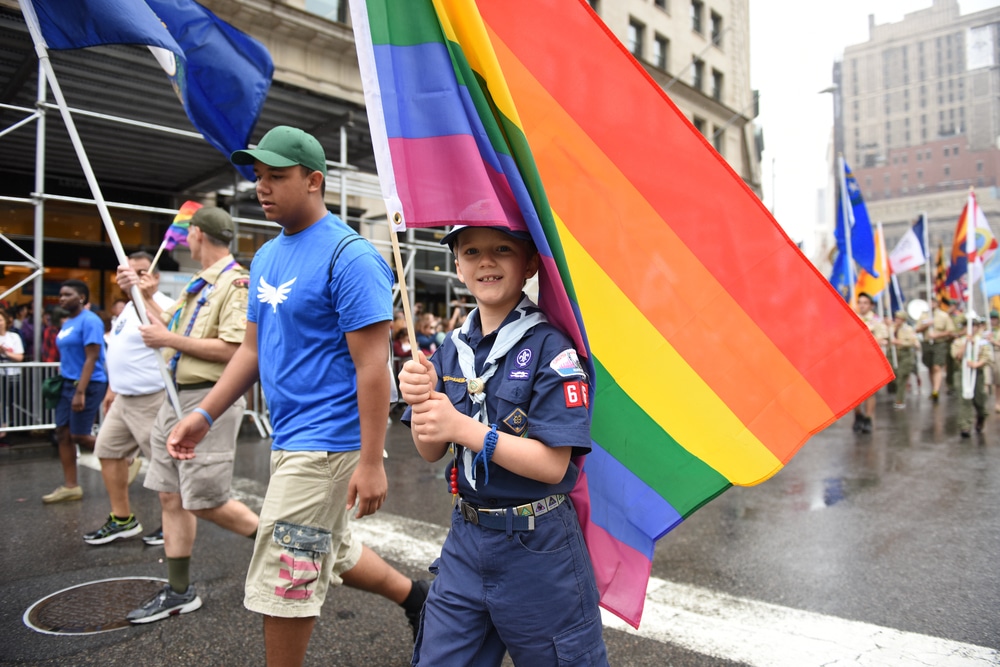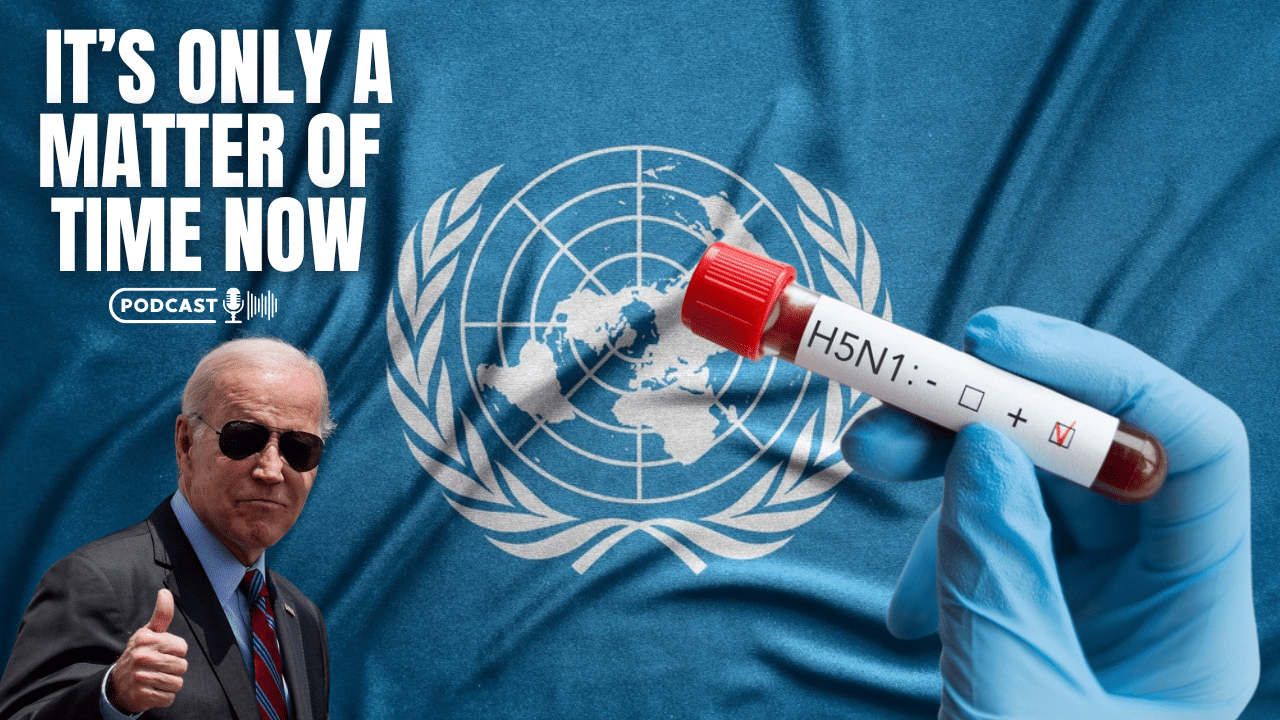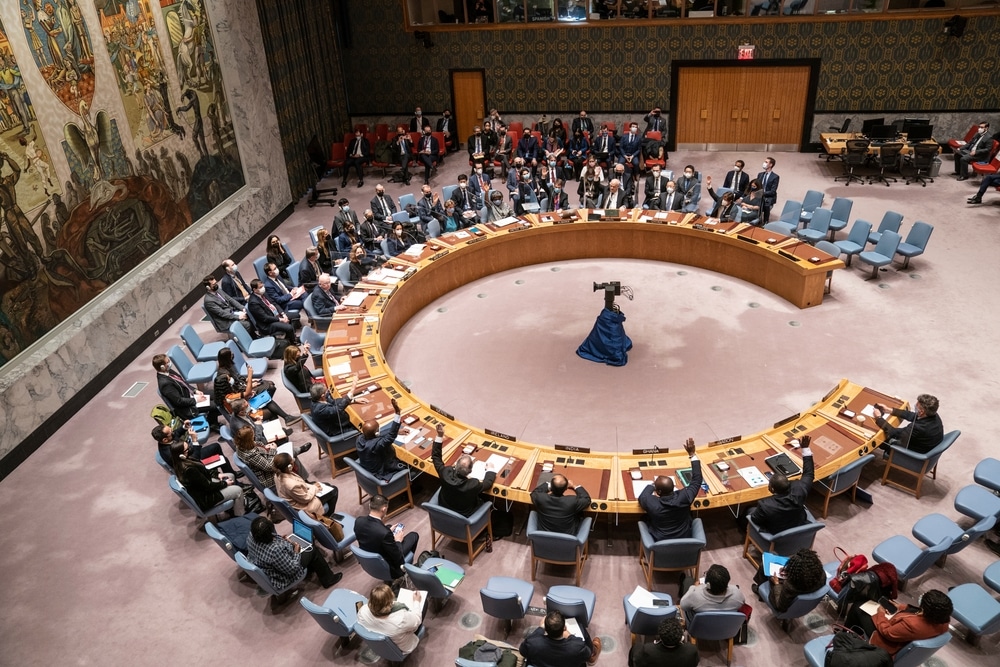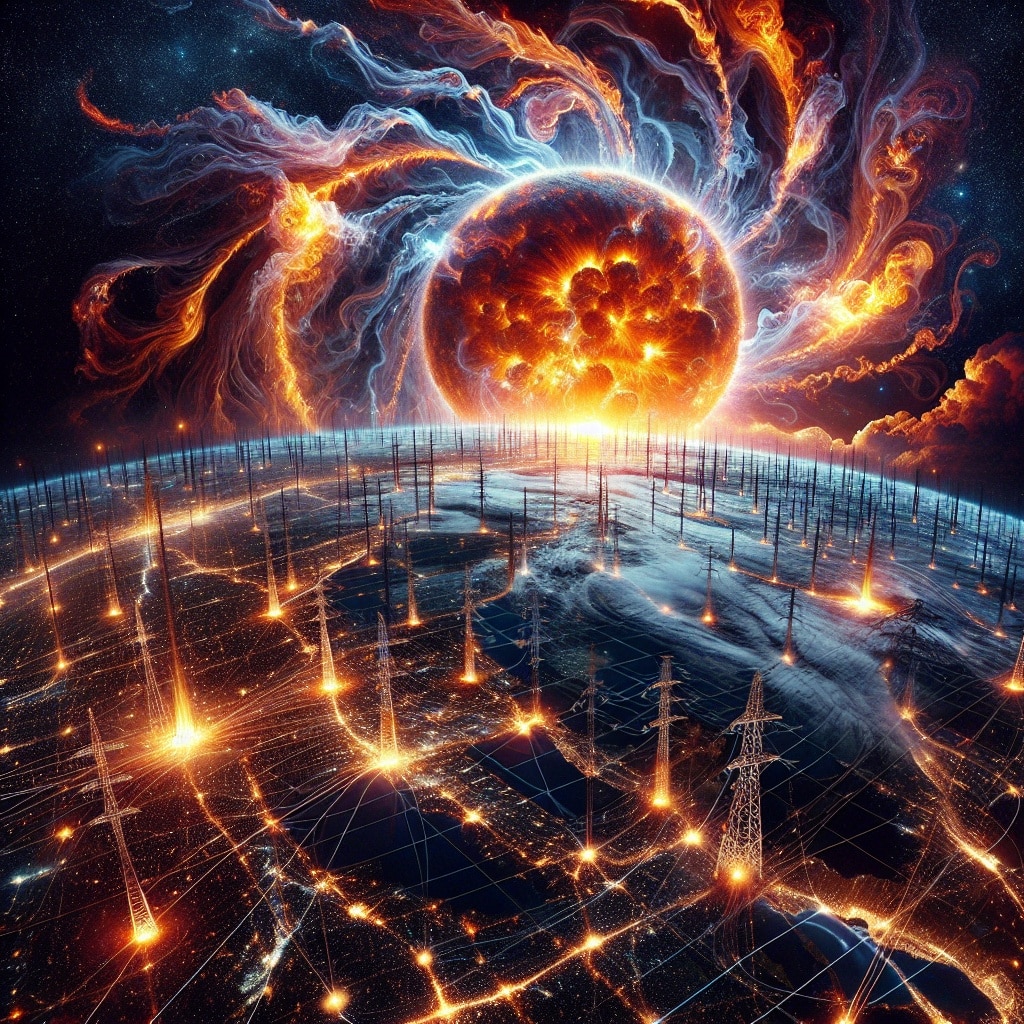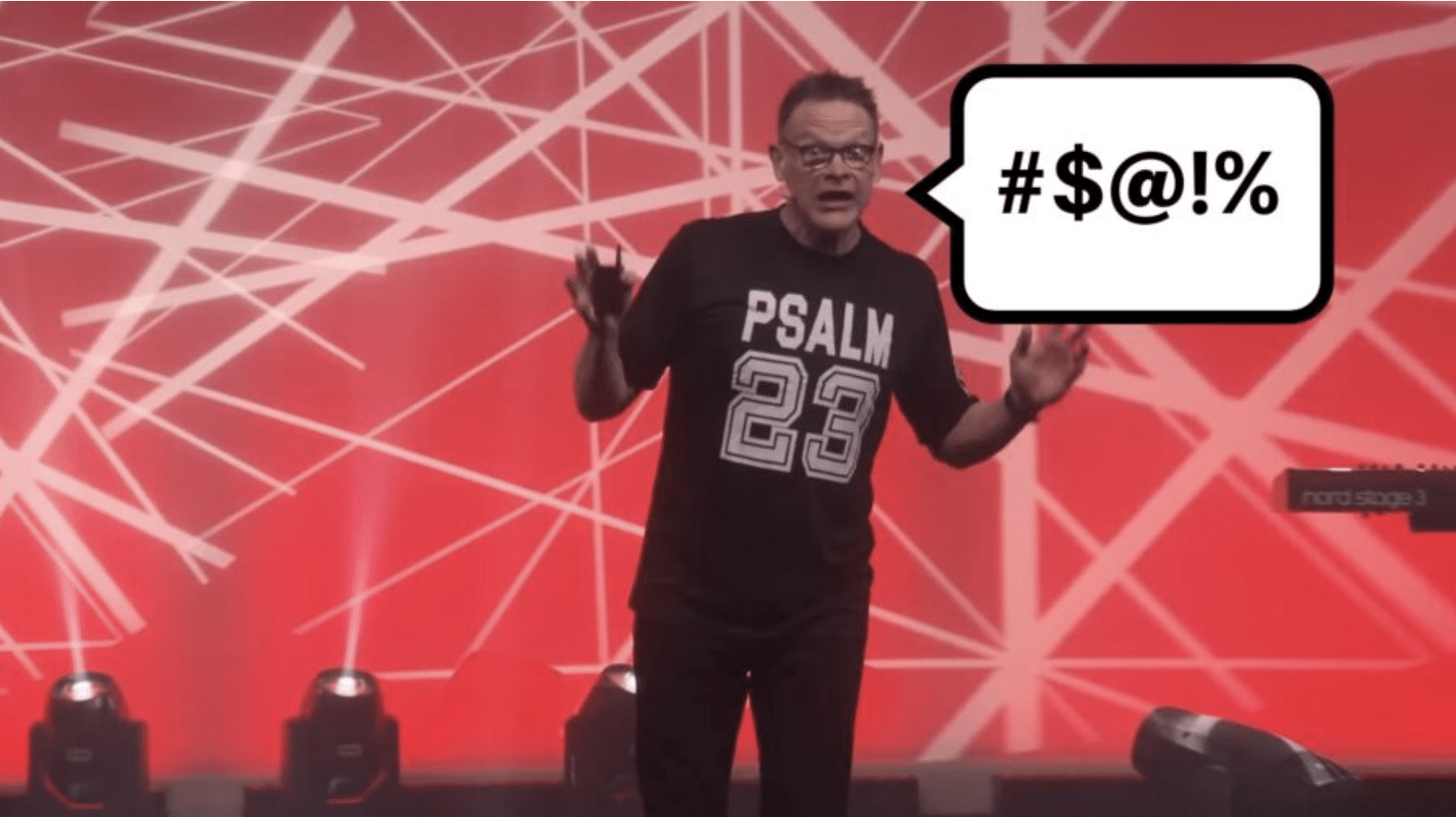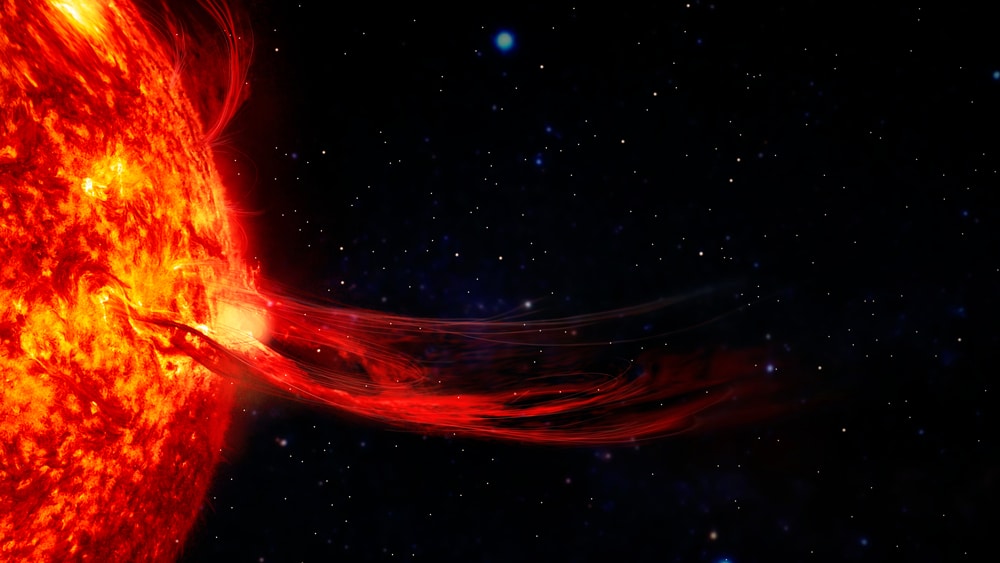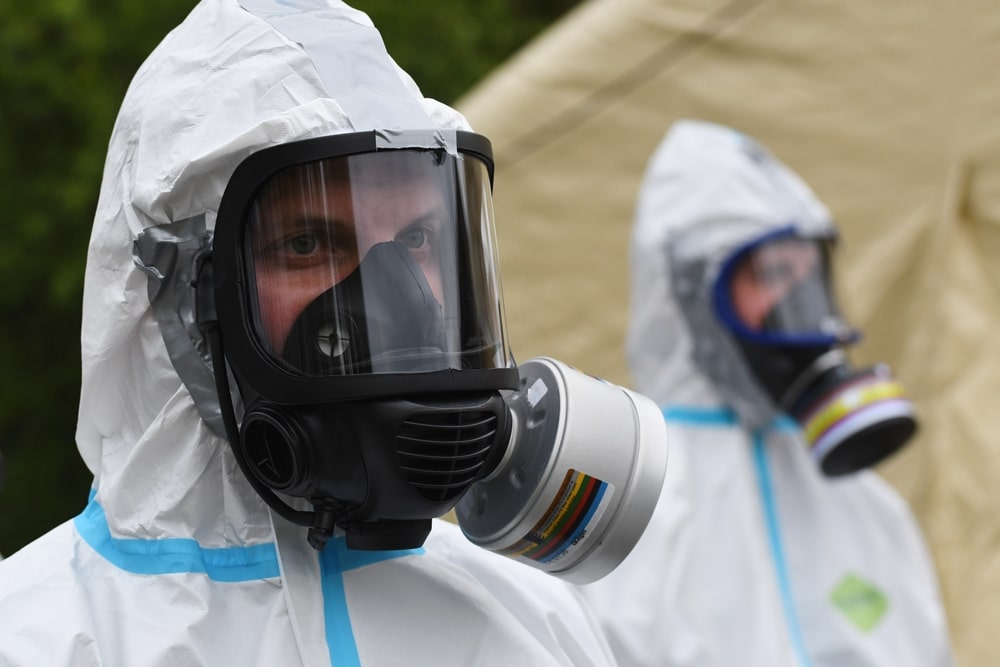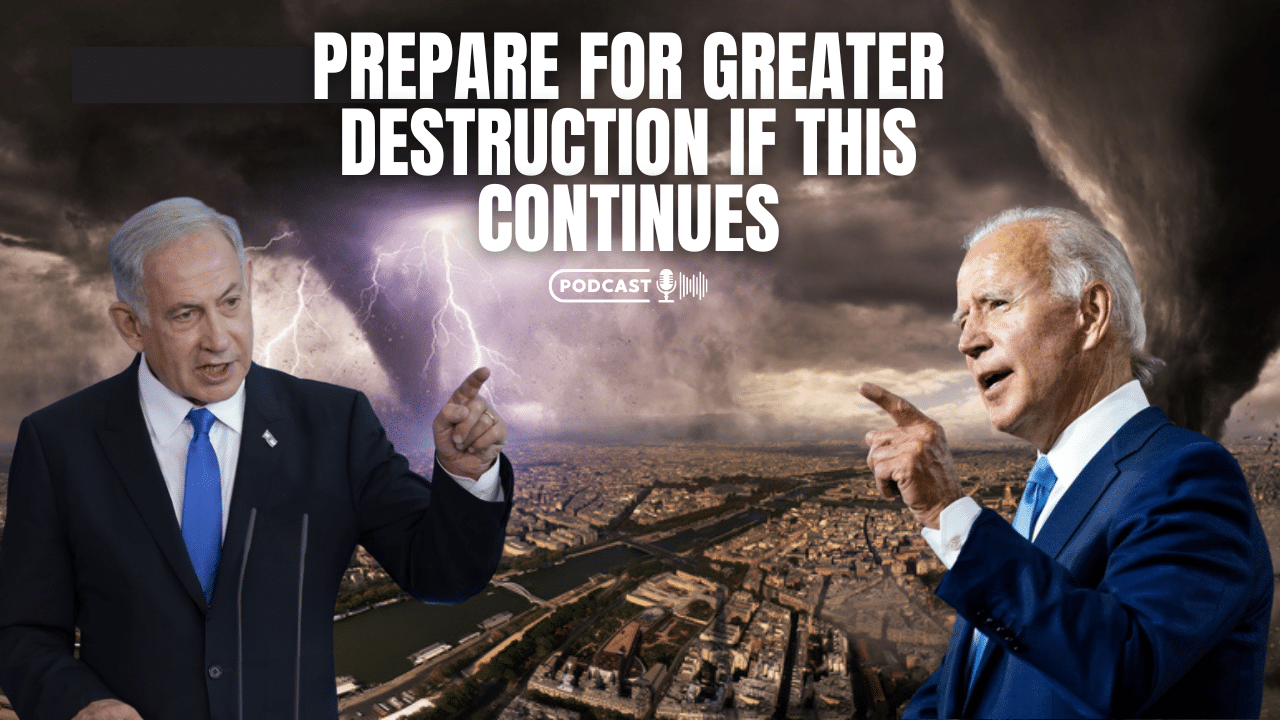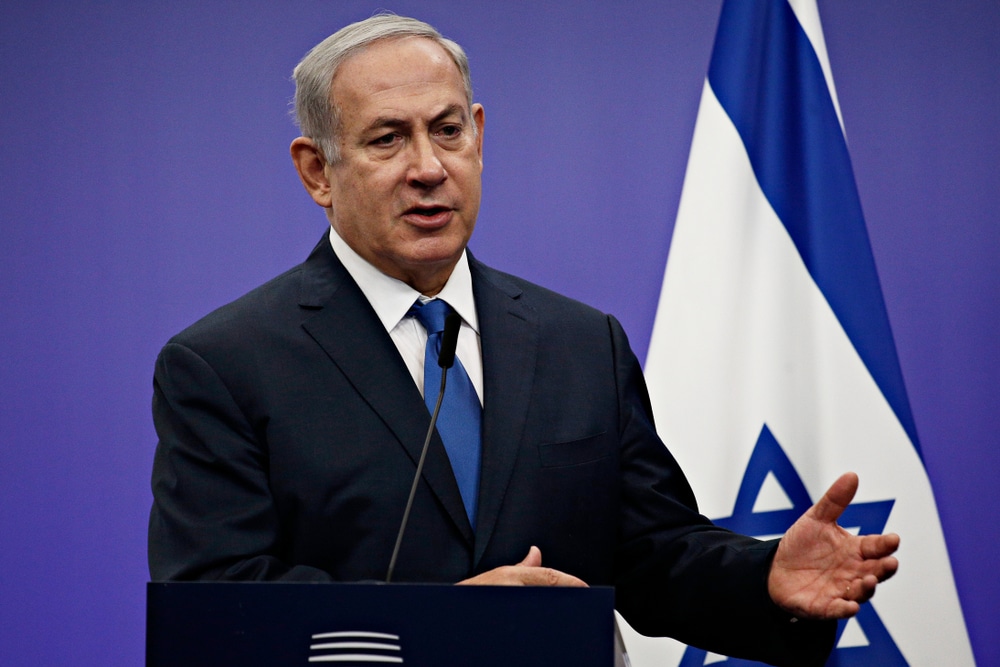Amid the hundreds of tents erected for the Boy Scouts of America’s National Jamboree, one especially stands out — decorated with a canopy of LGBTQ Pride flags and a string of multicolored lights, its tables covered with bowls of rainbow bracelets, pronoun stickers and diversity patches.
“This is my entire world,” said 18-year-old River Capell, a scout volunteer from Northern Virginia who describes themselves as nonbinary and pansexual. Since the jamboree began last week, Capell has had plenty of company under the huge canvas. “There’s been days where there’s 2,000 kids in this tent alone. And that is just, like, absurd.”
Absurd indeed given the BSA’s traditionally conservative bent. But this first-ever affinity space for LGBTQ+ youth has been embraced at the gathering, as have similar spaces recognizing scouts of color and the first girls admitted by the organization.
“I’ve had some scouts asking genuine questions, like, ‘What does it mean to be this? What does it mean to be that?’” Capell said Tuesday. “But it was all curiosity, and how do I help, rather than [hostility]. So it’s all been incredibly welcoming and positive.”
It’s quite a departure from what I experienced a decade ago when I first attended a National Jamboree. I was 18 years old, a freshly minted Eagle Scout, and had yet to admit my own queerness, even to myself.
The BSA had only two months before lifted its ban on gay youth — something I was thrilled to see. But the leadership certainly was not yet ready to embrace gay members wholesale: That jamboree had no affinity tents, no rainbow patches. The scouts attending were (presumably) straight boys.
l remember being blown away by the sheer scale and swagger of the 2013 event. The lack of LGBTQ inclusion programming did not occur to me, perhaps a sign of my naiveté or internalized homophobia.
Ten years later, almost everything has changed. Capell is one of 15,000 scouts and volunteers who have descended on these rolling green hills for the 10-day gathering. That number is a fraction of the 40,000 counted at the previous jamboree.
The meager attendance reflects the weather-beaten state of the Boy Scouts of America. Though its doors are now open to kids of all gender identities and sexual orientations, fewer than ever are accepting the invitation.
The organization lost nearly half of its membership between 2019 and 2020. This national event represents one of its first steps out of a generational nadir brought about by the pandemic, a sexual abuse scandal and an ensuing bankruptcy.

